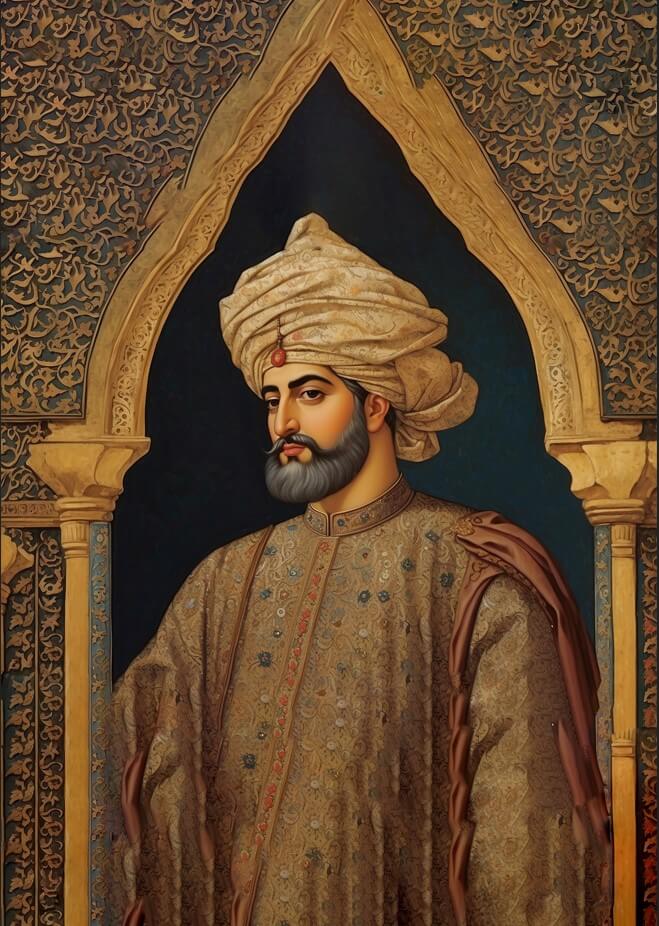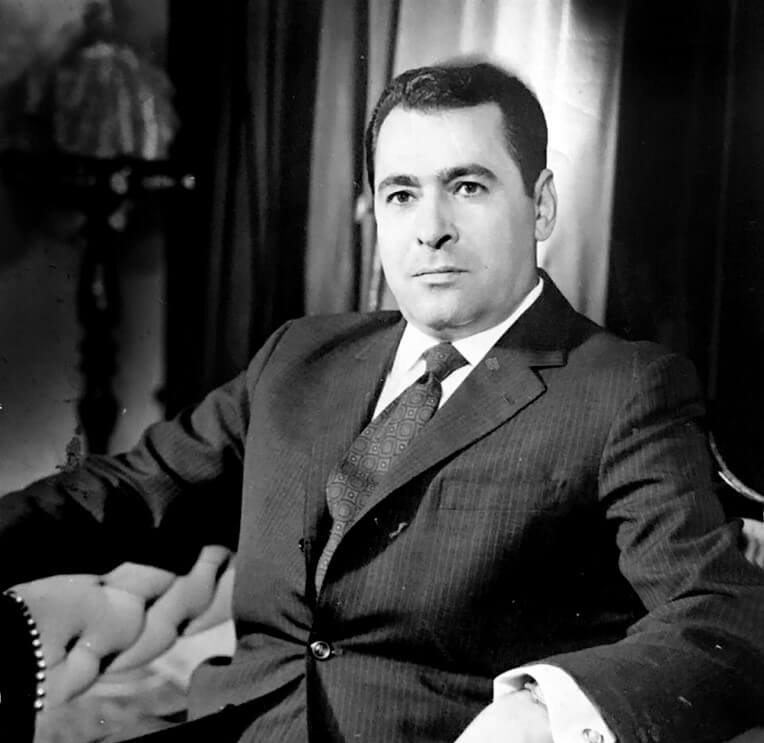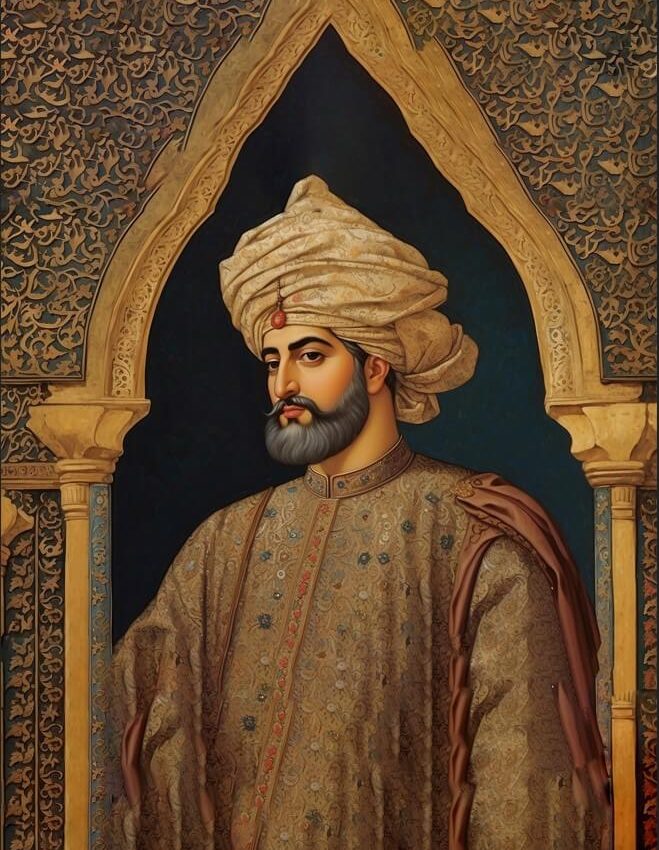Abbas Kiarostami: Visionary of Iranian Cinema

Abbas Kiarostami, a towering figure in the world of film, is celebrated for his unique contributions to Iranian cinema and his influence on the global cinematic landscape. Born on June 22, 1940, in Tehran, Iran, Kiarostami’s career spanned over four decades, during which he crafted a distinctive style that blended poetic imagery, philosophical depth, and profound humanism. His work not only redefined Iranian cinema but also left an indelible mark on international film.
Early Life and Career Beginnings
Kiarostami’s interest in the arts emerged early, leading him to study painting and graphic design at the University of Tehran. His artistic journey took a pivotal turn when he joined the Institute for the Intellectual Development of Children and Young Adults in Tehran in the late 1960s. Here, Kiarostami began creating short films, laying the groundwork for his future in cinema.
Rise to Prominence
Kiarostami’s international breakthrough came with the Koker trilogy, starting with “Where is the Friend’s Home?” (1987), followed by “And Life Goes On” (1992) and “Through the Olive Trees” (1994). These films, set in the rural village of Koker, are celebrated for their simple yet profound narratives, exploring themes of community, resilience, and the human condition against the backdrop of Iran’s socio-political
landscape.
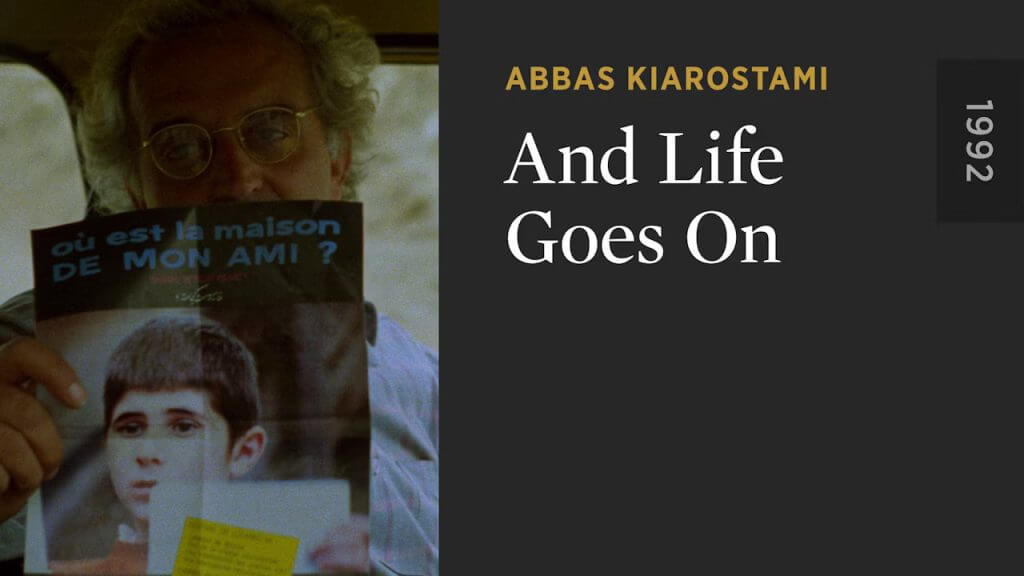
Artistic Style and Themes
Kiarostami’s films are known for their minimalist style, use of non-professional actors, and naturalistic storytelling. He often blurred the lines between fiction and reality, challenging viewers to question the nature of cinema itself. His work is characterized by long takes, panoramic shots, and a focus on the landscape, which he used to convey deep emotional and philosophical messages.
In films like “Taste of Cherry” (1997), which won the Palme d’Or at the Cannes Film Festival, Kiarostami explored existential themes, delving into the complexity of life and death. His narrative style, often involving open-ended stories and interactive dialogues, invited audiences to engage actively with the film, completing the story in their own minds.
Legacy and Influence
Kiarostami’s influence extends beyond the borders of Iran, having played a significant role in the rise of Iranian cinema on the world stage. His approach to filmmaking, marked by a respect for the viewer’s intelligence and an emphasis on the poetic potential of cinema, has influenced countless filmmakers globally.
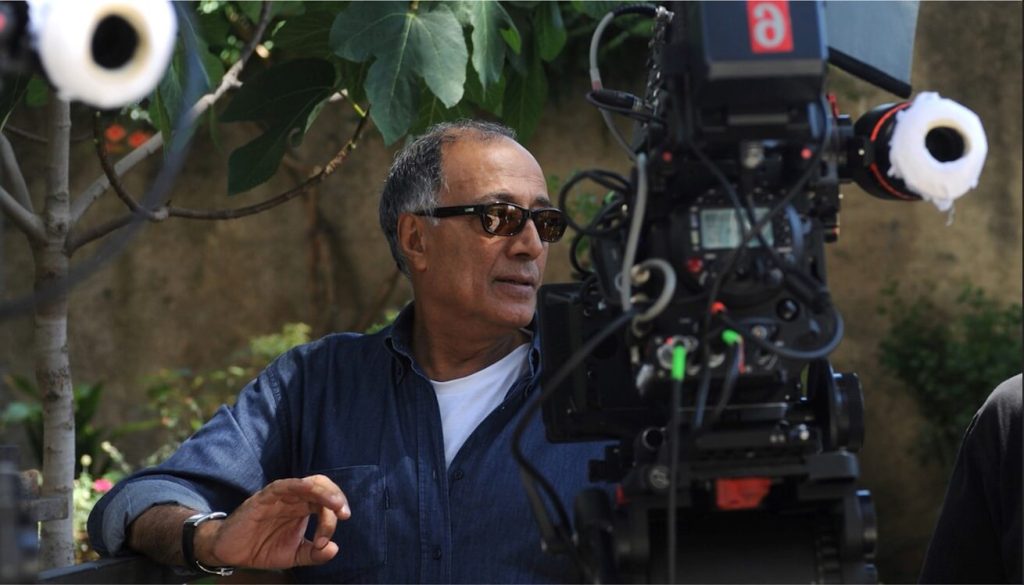
Despite facing challenges in Iran’s restrictive environment, Kiarostami remained committed to his artistic vision, often navigating censorship with subtlety and ingenuity. His films, while deeply rooted in Iranian culture and landscapes, possess a universal appeal, addressing fundamental human experiences and emotions.
Later Years and Death
Continuing to work until his death on July 4, 2016, Kiarostami embraced new technology and platforms, experimenting with digital cinema and even venturing into installation art and photography. His later works, such as “Certified Copy” (2010) and “Like Someone in Love” (2012), were acclaimed for their innovative narrative structures and continued exploration of complex themes.
Conclusion
Abbas Kiarostami’s legacy is that of a visionary who reimagined the possibilities of cinema. His work not only enriched Iranian film but also contributed to the broader narrative of global cinema, offering a window into the soul of his native country while addressing universal themes that resonate with audiences worldwide. Kiarostami’s films remain a testament to his belief in the power of visual storytelling to unveil the deepest layers of human experience.


